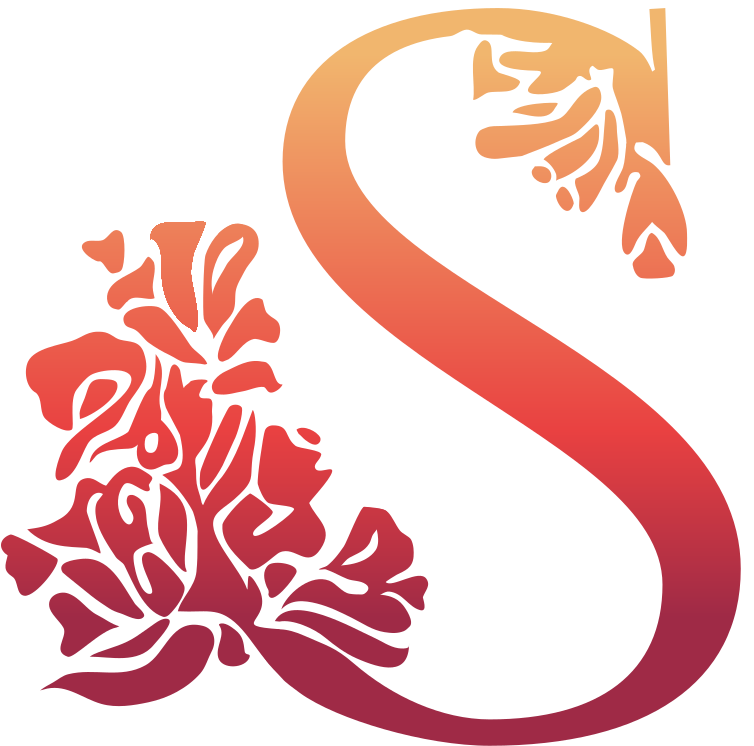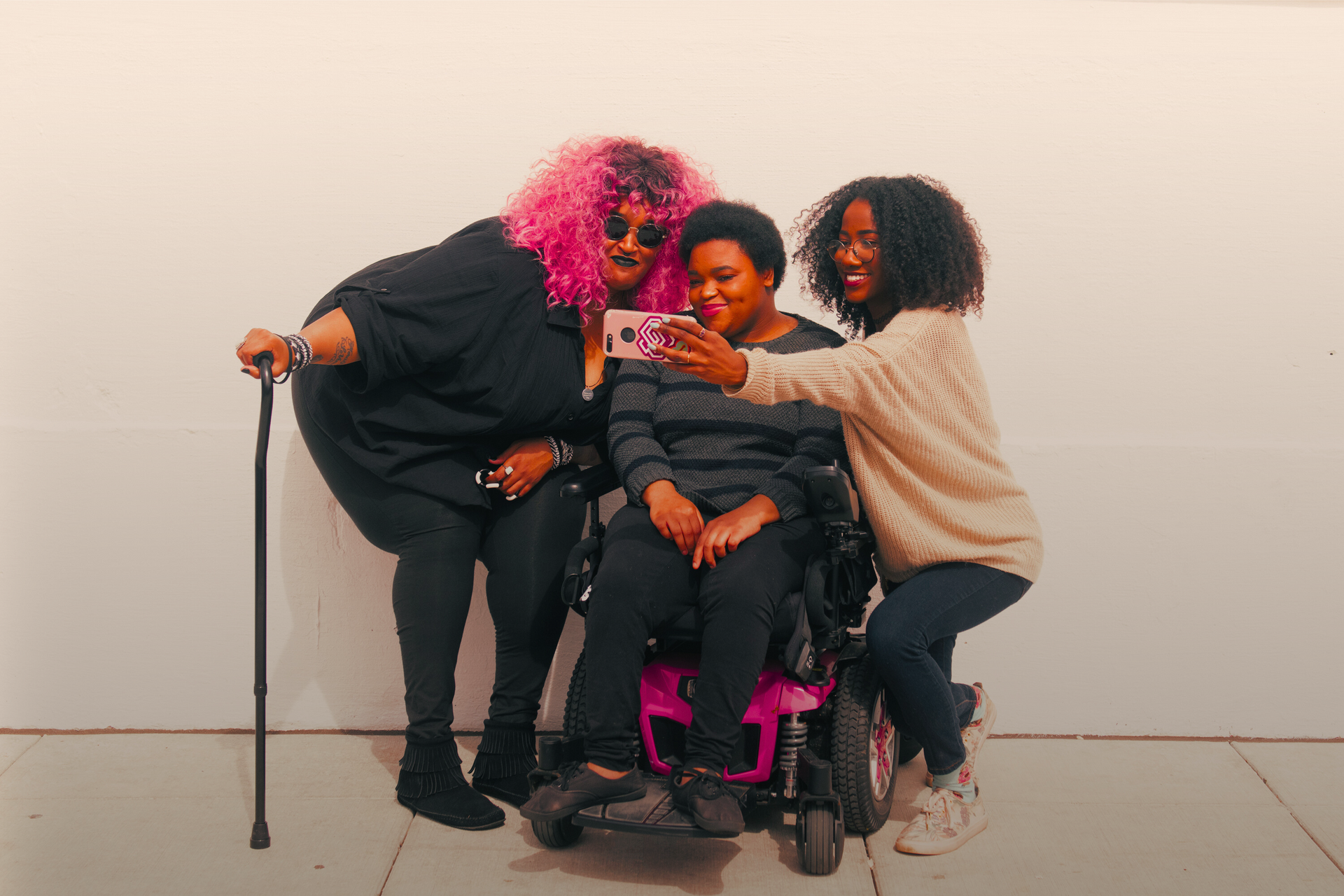MAKE QUEER SPACES MORE DISABILITY-FRIENDLY
WRITTEN BY REMI STAMATELLOS -
EDITED BY ADRIENNE AUCLAIR
When we think of Queer gatherings, we tend to discuss events like Pride parades or karaoke at your local underground gay bar. But what about people who don't want to go to these events? What about people who want to access these spaces, but can't enter, interact with, or enjoy them?
While there are many ways a space can be inaccessible, such as financially, racially, or linguistically, this article will explore Disability-centric inaccessibility and practical ways to amend it.
What is accessibility?
In the broadest of terms, accessibility refers the quality of being easy to approach, reach, enter, speak with, use, or understand. Disabled people are often excluded from LGBTQ+ and Queer spaces due to a lack of or poor accessibility. Because Disabled individuals make up over 40% of the LGBTQ+ community, it is not only important, but necessary to create approachable and accessible spaces for any party to enjoy. Below is a non-exhaustive list of accessibility obstacles and how to overcome them with more inclusive practices:
Physical inaccessibility
Most people are aware of common physical accessibility barriers. However, the issue of physical inaccessibility still persists. Here are a few barriers Disabled individuals might face along with several potential solutions to these issues:
Barriers:
Narrow or heavy doorways may make it so a wheelchair-user can't fit through the door, or a person with chronic pain struggles to open it.
Automatic door buttons that are too high to reach or no longer work present similar concerns. A Little Person or wheelchair, cane, or crutches-user will have barriers to entry.
Excessive stairs or hills may exhaust a person with chronic fatigue, exacerbate chronic pain, or completely prohibit mobility aid-users from accessing a space.
Textured grounds such as bricks or active construction sites will also limit accessibility.
Immunocompromised people may avoid attending events because of crowds and poor infection control.
Heat or cold-intolerant people may struggle attending outdoor events in areas with extreme temperatures.
Actions:
Choose a venue with wide doorways that can open automatically. If this is not an option, place doorstops to make entry more seamless. Make sure there are several gender-inclusive restrooms with large stalls and grab rails.
Choose a relatively flat location clear of construction. Portable ramps are also an option for venues that do not have built-in ramps.
Include plenty of seating and places to rest in queues or near attractions. If possible, provide mobility aids (like canes or wheelchairs) that are available to borrow.
Require and offer masks to attendees. Include hand sanitizer at tabling events. If this is not a viable option, host hybrid and online events for individuals to attend from their home.
Offer fans, water, gloves, or hot chocolate depending on the weather. If this is not possible, make sure there is access to a cool or well-insulated area nearby.
Sensory inaccessibility
A sensory disability is a neurological disorder that affects the human brain’s ability to process sensory information, including hearing, vision, taste, smell, or touch. Sensory accessibility concerns a wide array of individuals, including but not limited to blind, D(d)eaf, and neurodivergent people.
Barriers:
A lack of clear signage will make venues difficult to navigate for blind individuals or wheelchair-users.
Loud music and bright or flashing lights may contribute to sensory overload or cause seizures in photosensitve individuals or people with epilepsy.
Blind people or individuals with low vision may not be able to participate in events that rely heavily on eyesight, such as movie screenings or theater performances.
D(d)eaf or hard of hearing individuals may not be able to engage in live concerts, open-mics, or Pride events because of heavy background noise, speaker feedback, or inability to understand what a speaker or singer is saying.
Actions:
Post multiple signs in large print to help avoid confusion or difficult navigation. These can be printed or homemade for cost-effectiveness.
Designate a sensory-friendly space for neurodivergent individuals. If this is not possible, provide earplugs or sunglasses to prevent overstimulation. A quiet space will also be helpful for those with social anxiety or service animals who need routine breaks.
Try to avoid using flashing lights. Should the event involve them, provide the audience with multiple flash warnings for their safety. Make sure the lighting has low glare to help blind or photosensitive individuals navigate their environment with minimal difficulty.
Provide audio description technology for blind individuals to help fill in visual information.
Use T-loop technology to transmit sound directly from a microphone or speaker to cochlear implants or hearing aids. Provide captions for visual media.
Hire American Sign Language (ASL) interpreters for concerts, conventions, or open-mics. If the event does not rely on music or presenters, keep background noise at a low volume for D(d)eaf and neurodivergent individuals.
Intellectual inaccessibility
Some events are not accessible to those who have intellectual disabilities, mental health conditions, or to those who do not speak English.
Barriers:
Marketing materials, advertisements, or event announcements may include jargon, complex or unclear phrasing, or excessive text.
Written signs may be unclear or confusing to people with intellectual disabilities such as dyslexia.
The use of idioms (break a leg, bite the bullet) in public events may cause stress or confusion to individuals who take statements literally or to those who do not speak English.
Those with mental health conditions such as post-traumatic stress disorder (PTSD) or obsessive compulsive disorder (OCD) may be triggered by unexpected heavy or disturbing topics.
Any Disabled individual may not know if your venue is accessible in the way they need.
Actions:
Use plain, short, and easy-to-understand language in marketing materials and event announcements.
Incorporate visual aids in signage that can be understood cross-culturally.
Avoid using excessive idioms and slang.
Provide explicit content warnings for any triggering subjects.
Post specific accessibility details in your event announcements, such as sensory-safe rooms, stairs, wheelchair access, etc.
ABOUT THE AUTHOR
Remi Stamatellos (they/them/elle) is a chronically ill, Nonbinary Femme Lesbian and one of The Snapdragon’s founders. They graduated from the University of West Georgia with a B.A. in English and certificate in Publishing and Editing.
Remi primarily works as the editor-in-chief, copywriter, web designer, and events planner for The Snapdragon. Their goal is to give fellow LGBTQ+ and Disabled people the opportunity to share their mutual experiences without the risk of feeling ostracized. Beyond their magazine duties, they love to bake, sing, and fawn over their cats.

